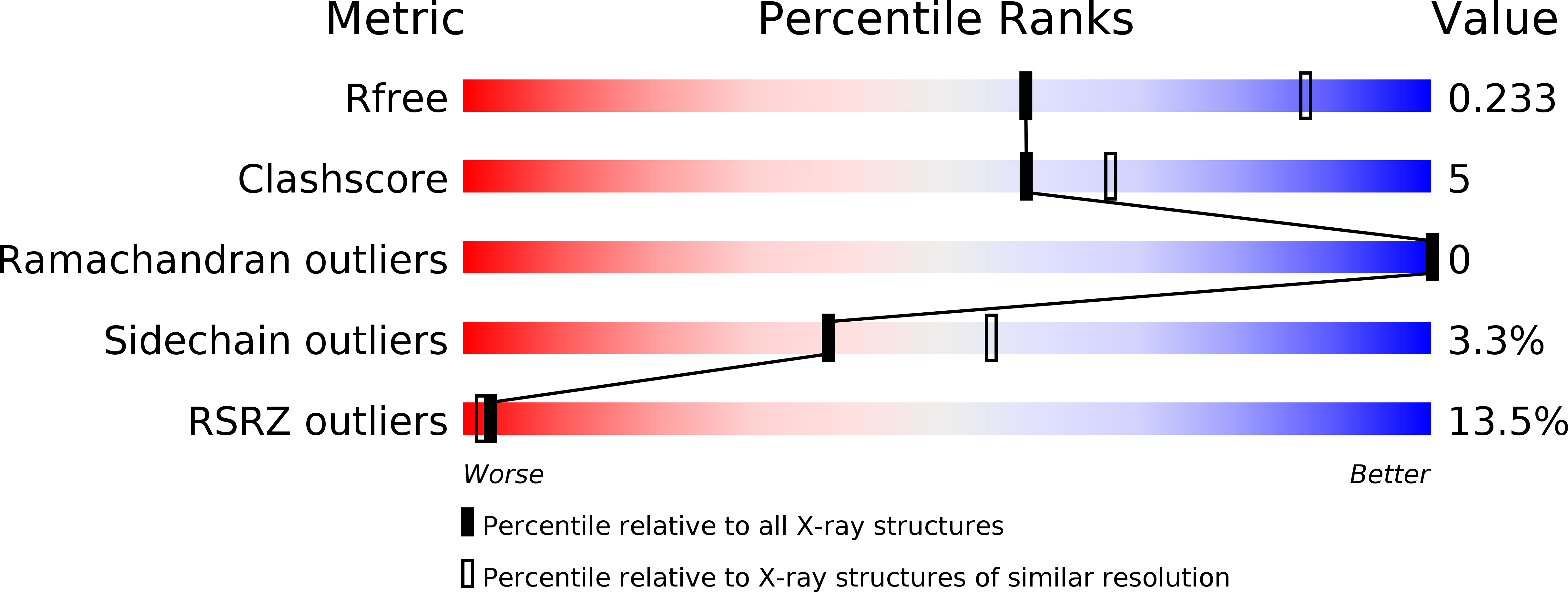
Deposition Date
2016-05-05
Release Date
2016-06-22
Last Version Date
2024-02-07
Entry Detail
PDB ID:
5JQS
Keywords:
Title:
Crystal structure of deubiquitinase MINDY-1 in complex with Ubiquitin
Biological Source:
Source Organism:
Homo sapiens (Taxon ID: 9606)
Bos taurus (Taxon ID: 9913)
Bos taurus (Taxon ID: 9913)
Host Organism:
Method Details:
Experimental Method:
Resolution:
2.65 Å
R-Value Free:
0.23
R-Value Work:
0.20
R-Value Observed:
0.20
Space Group:
P 65 2 2


